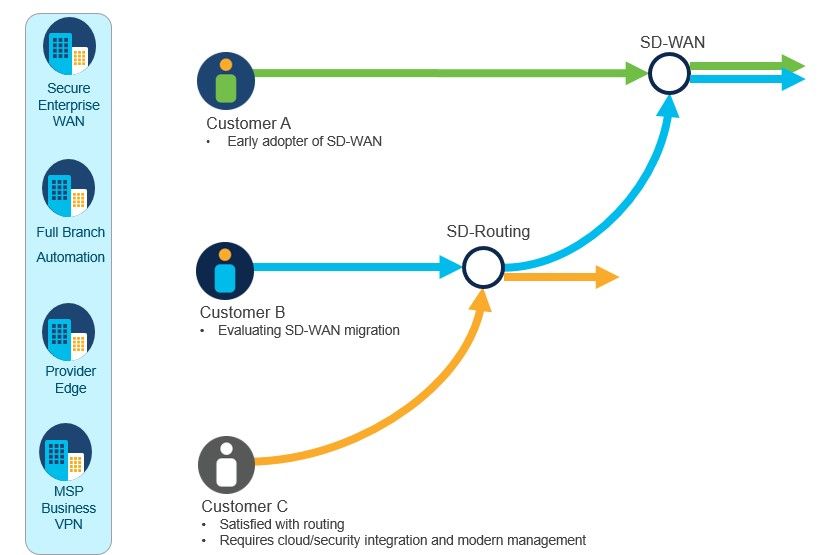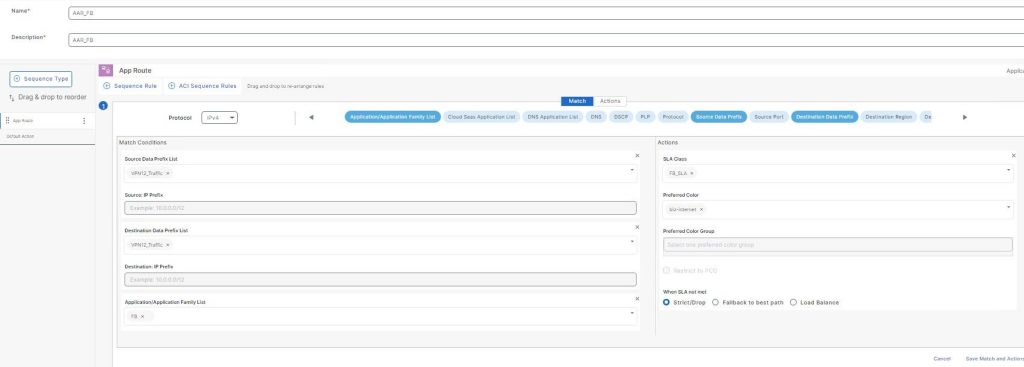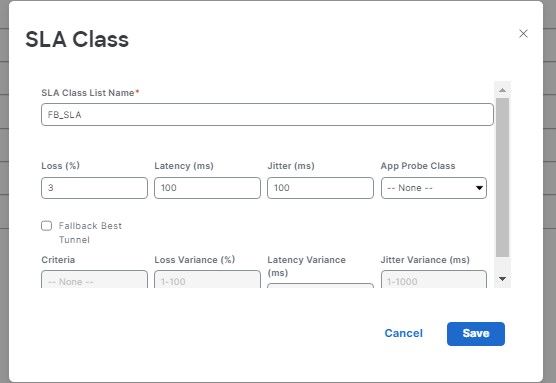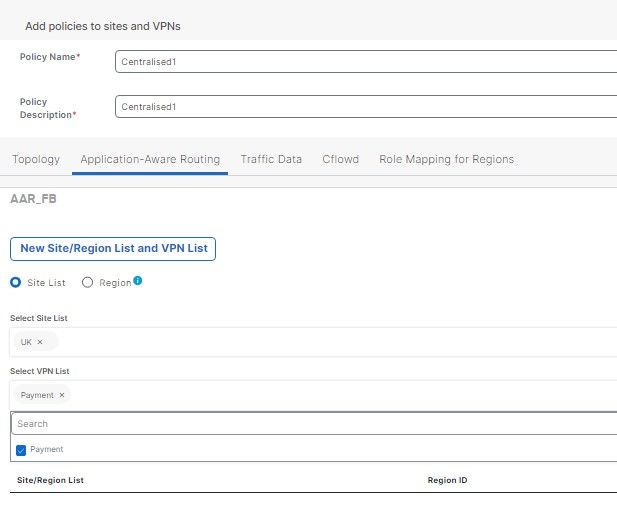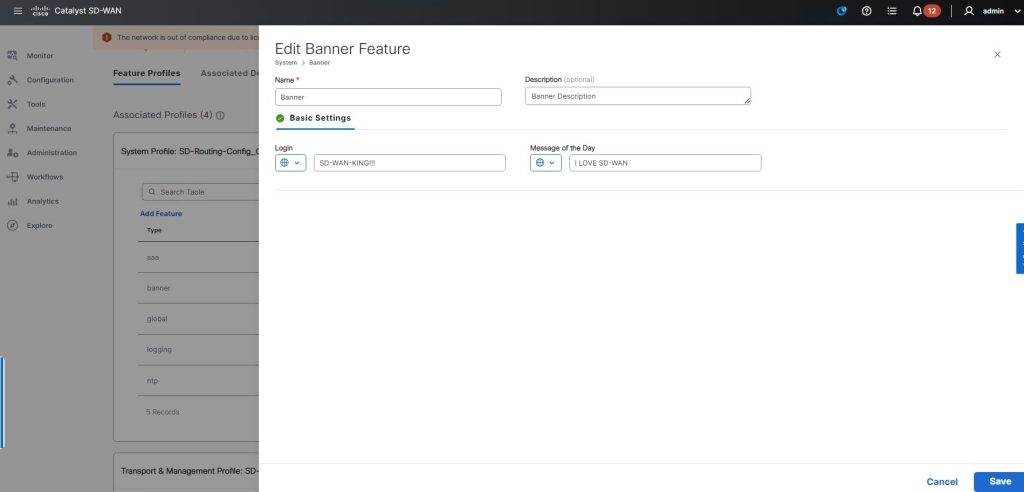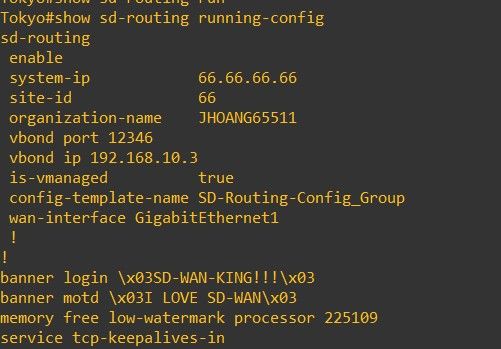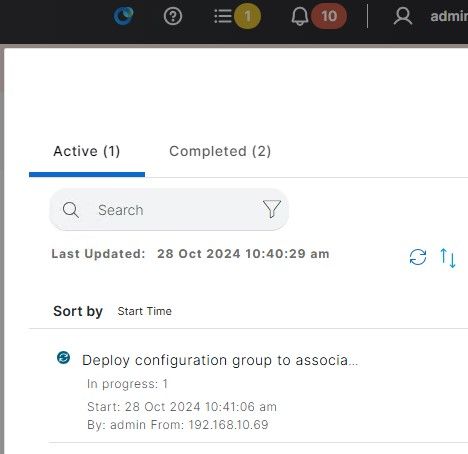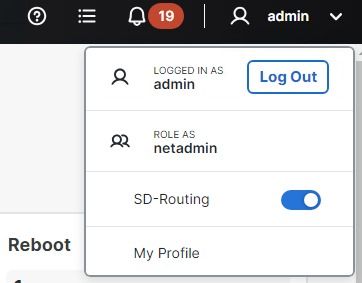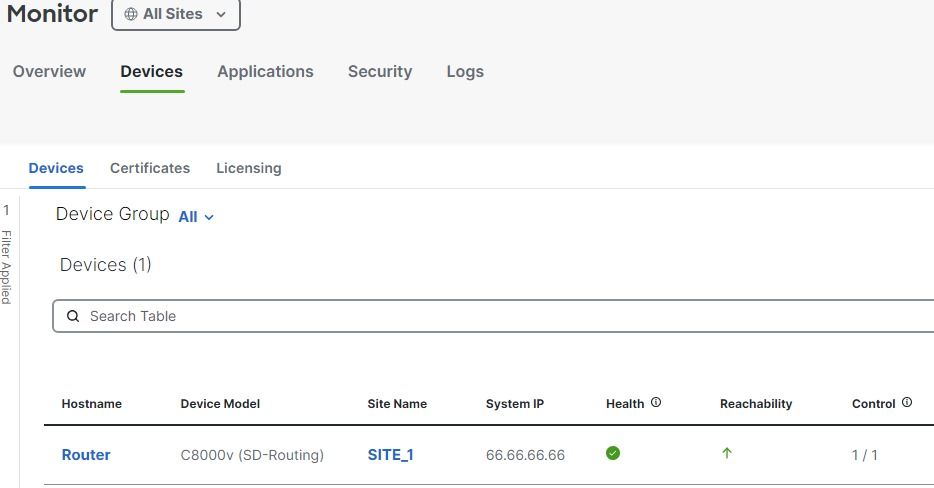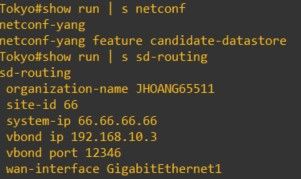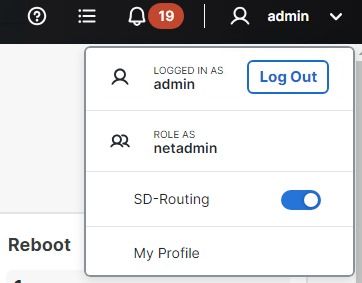🚁Should you want to implement Multicast across your SD-WAN network, Catalyst SD-WAN gives you this capability.
🛸Multicast is implemeted across your overlay SD-WAN fabric, which offers a more optimised network performance compared to traditional unicast routing.
Catalyst SD-WAN supports the following Multicast Protocols:
🚀PIM v2 – Source Specific Multicast and Any Source Multicast.
- IGMPv2 and v3 – For any receivers that want to join a Specific Multicast Group. v3 is required for SSM.
- Multicas Source Discovery Protocol (MSDP) – Gives you the capability to join multiple Multicast domains. So should you have a RP in each domain of a Multicast Group, MSDP allows you the capability to exchange information. A bit like MPLS L3VPN route leaking in between different VRFs.
With ASM, a Rendevous Point is needed, SD-WAN supports the followng RP:
- Static
- Auto
- Auto Proxy
- Bootsrap
🤩In Catalyst SD-WAN I have previously introduced the term transport, OMP is responsible in sening Multicast traffic across the WAN. WAN Edge devices is responsible for sending its own routing information to the SD-WAN Controller who in turn reflects this back to other receivers who is interested in the Multicast group. This is called Multicast Service Routes.
So how does this work in the SD-WAN World? Specifically Cisco Catalyst SD-WAN?😎
👍A Multicast source could be sitting behind a WAN Edge at a branch site, You could have the RP sitting where the Source of the Multicast Group to allow the Multicast Tree to be built. An OMP Replicator is introduced in the SD-WAN Fabric, the job of the OMP Replicator is to receive the Multicast Source and in turn reflect this back to the receivers interested in joining the multicast group (using IGMP).
⌚From a design perspective, it is better to place the OMP Replicator connected to higher bandwidth with higher end performance IOS-XE device.



